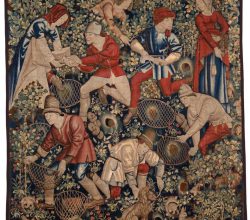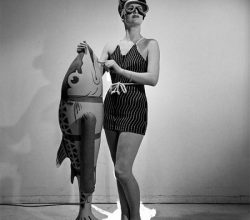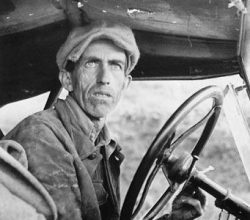
The Burrell Collection’s European tapestries trace the history of an art form
Emma Slocombe | Apollo | 29th June 2018
One source suggests medieval tapestries were proof of a “delicate palate”. Really? In Europe’s stone palaces and churches tapestries were a great way to display wealth, advertise one’s piety, and keep the place warm. What was once a mainstream area of art is now tiny, albeit with some resurgence. A video showing the art form at its most spectacular is here.



